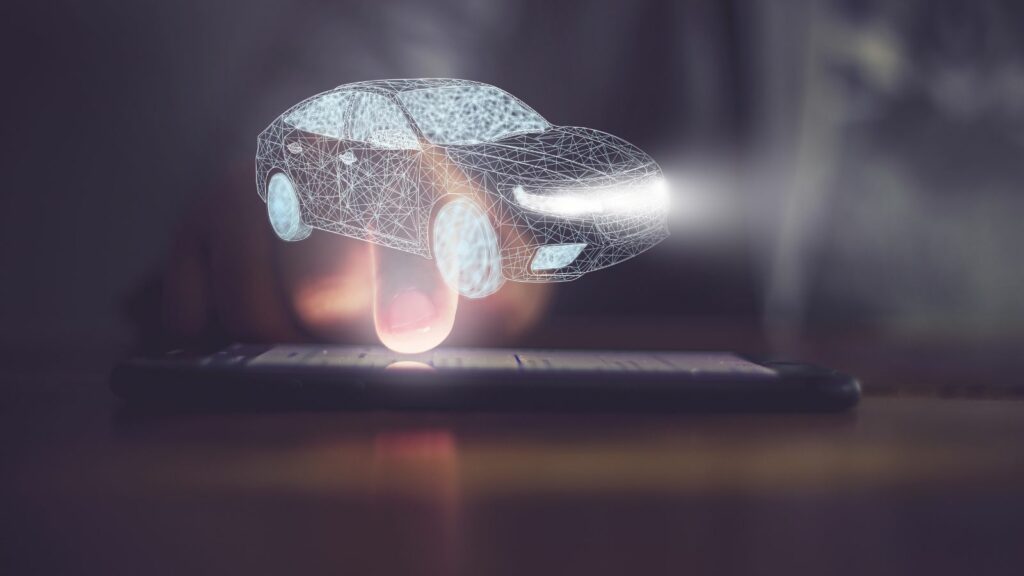Car security has also seen significant advancements in an era where technology is evolving unprecedentedly. Automakers and tech companies are stepping up to protect consumers, with vehicle thefts becoming increasingly sophisticated. Here are 15 cutting-edge innovations in car security that are redefining vehicle safety.
Biometric Access Systems

Biometric access systems use unique physiological characteristics like fingerprints, facial recognition, or even iris scans to grant access to a vehicle. They offer higher security than traditional keys or key fobs, which can be easily duplicated or stolen. For instance, the 2020 Hyundai Sonata introduced fingerprint recognition technology, allowing drivers to unlock and start the car with just a touch. The uniqueness of biometric data makes it nearly impossible for thieves to bypass these systems, significantly reducing the risk of unauthorized access.
Smartphone Integration
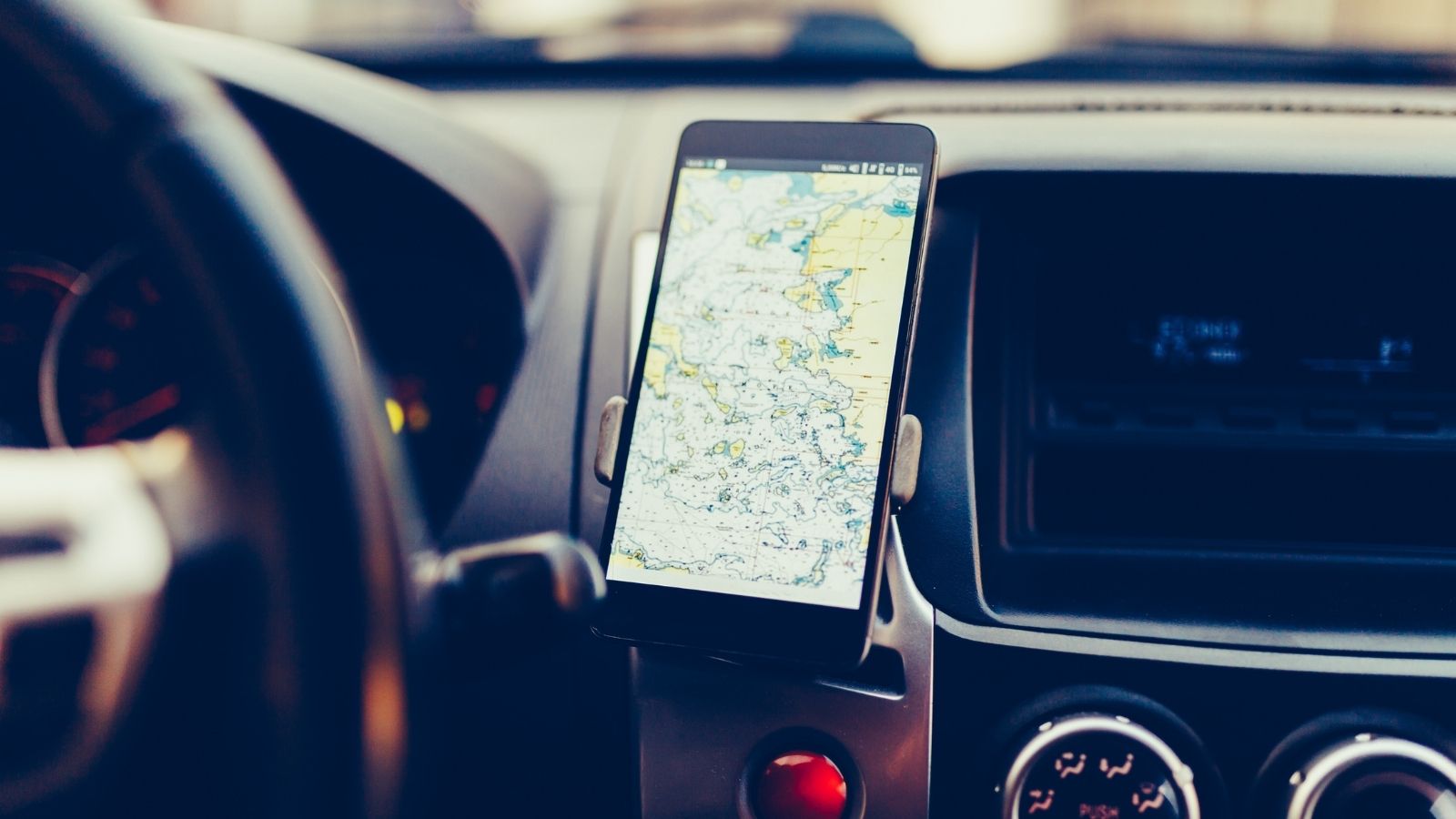
Integrating smartphones in car security has revolutionized how we interact with our vehicles. Modern cars often have apps allowing owners to lock, unlock, and even start their vehicles remotely. Additionally, these apps can provide real-time alerts if someone tries to tamper with the car. Tesla’s app, for example, enables owners to monitor their vehicle’s status, receive intrusion alerts, and even track its location. The convenience and security offered by smartphone integration make it a valuable tool in preventing car theft.
Vehicle Tracking Systems
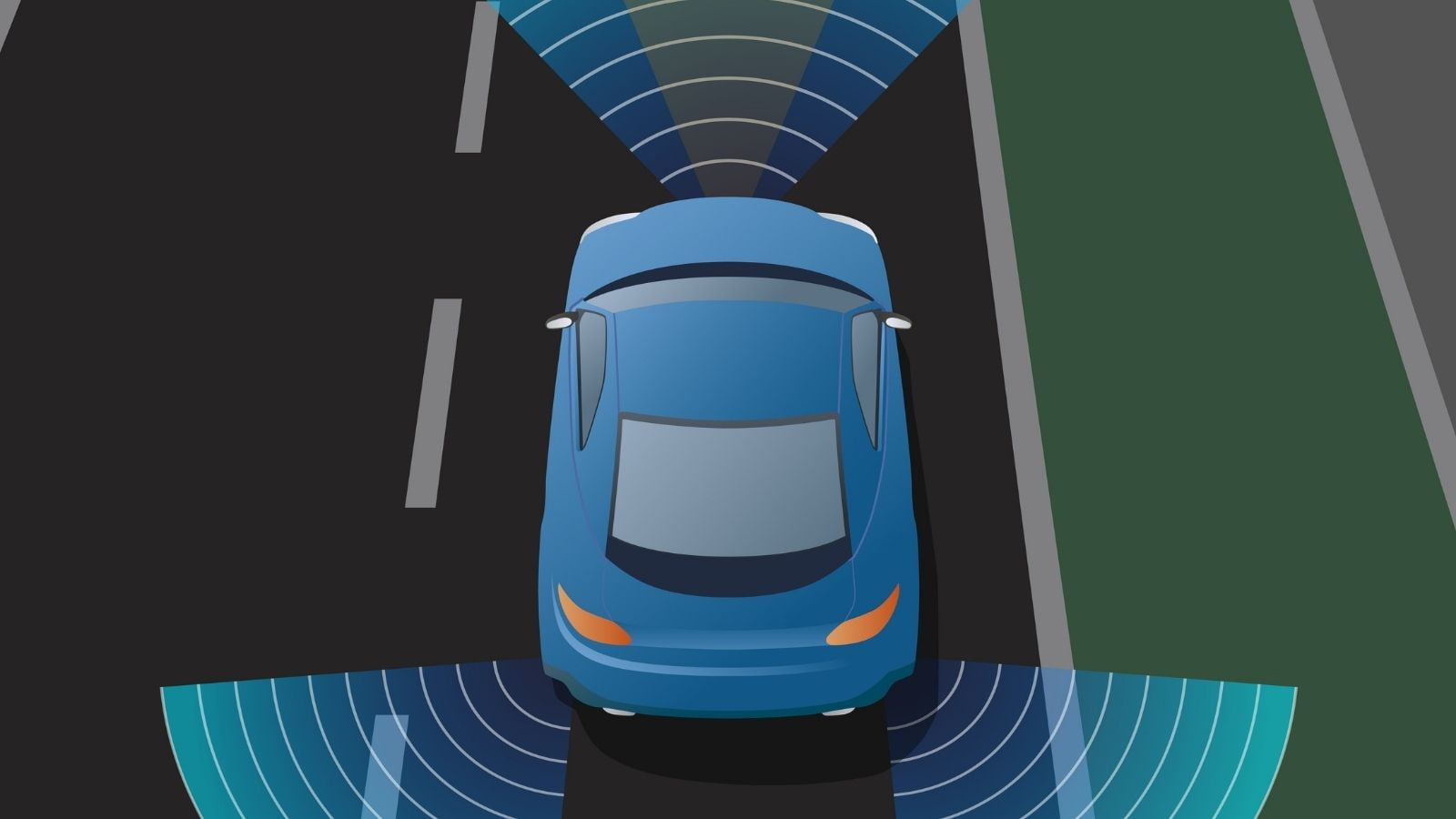
Vehicle tracking systems are common in car security now. Utilizing GPS technology, these systems can pinpoint a vehicle’s exact location in real-time. Companies like LoJack and OnStar offer advanced tracking solutions that not only help recover stolen vehicles but also provide assistance in emergency situations. These systems often come with geofencing capabilities, alerting owners when their vehicle leaves a predefined area. The ability to track a stolen car significantly increases the chances of recovery and acts as a solid deterrent to thieves.
Immobilizer Systems

Immobilizer systems prevent the engine from starting unless the correct key or fob is present. This technology uses transponder chips embedded in the key or fob that communicate with the car’s electronic control unit (ECU). If the code doesn’t match, the car won’t start. Most modern vehicles are equipped with immobilizers, making hot-wiring a thing of the past. The added layer of security provided by immobilizer systems has contributed to a significant decrease in vehicle thefts over the years.
Keyless Entry and Ignition Systems
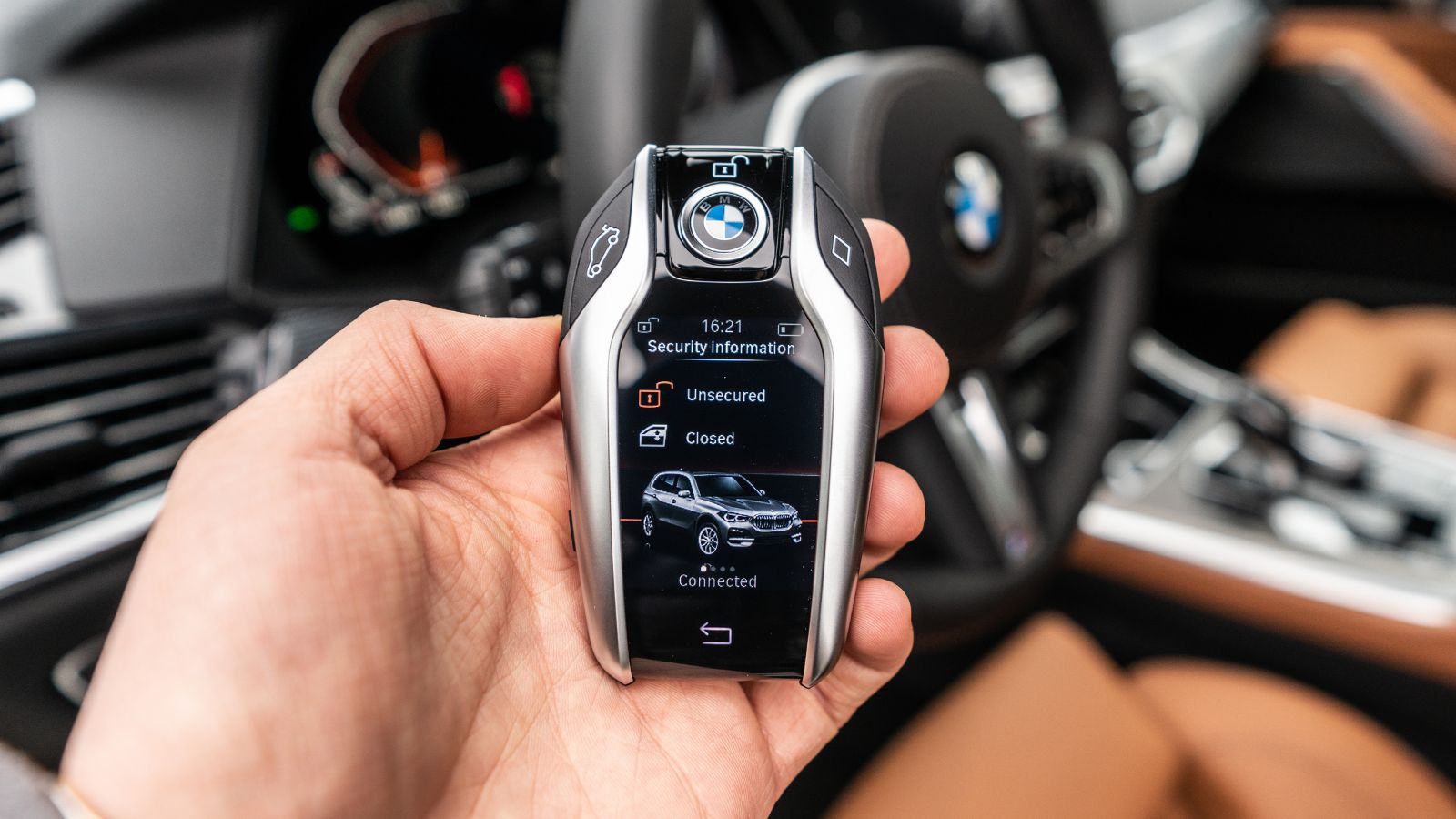
While keyless entry and ignition systems offer convenience, they pose security challenges. However, advancements in this technology have led to the development of more secure keyless systems. Modern key fobs use rolling codes that change every time the fob is used, making it difficult to intercept and replicate the signal. Additionally, some systems now require a physical motion, such as touching the door handle, to activate the signal, further enhancing security.
Remote Shutdown Technology

Remote shutdown technology allows authorities or vehicle owners to disable a vehicle’s engine remotely. This feature is handy in a car theft, as it can prevent the thief from driving the car any further. Companies like GM’s OnStar service offer this capability, providing law enforcement with a powerful tool to quickly apprehend suspects and recover stolen vehicles. The ability to remotely immobilize a vehicle adds a formidable layer of security against theft.
Advanced Alarm Systems

Traditional car alarms are often ignored due to their frequent false alarms. However, advanced alarm systems have addressed this issue by incorporating more sophisticated sensors and alert mechanisms. These systems use motion detectors, glass break sensors, and even tilt sensors to detect unauthorized entry or tampering accurately. Moreover, they can send real-time alerts to the owner’s smartphone, ensuring prompt action. The effectiveness of advanced alarm systems lies in their ability to provide precise and timely notifications, reducing false alarms and increasing security.
Dash Cameras with Security Features

Dash cameras have evolved from merely recording road trips to becoming essential security devices. Modern dash cams come equipped with motion detection and parking mode features, allowing them to record any suspicious activity around the vehicle even when parked. Some high-end models offer cloud storage and live streaming, enabling owners to monitor their vehicles remotely. The presence of a dash cam can deter potential thieves and provide valuable evidence in case of theft or vandalism.
Proximity Sensors

Proximity sensors use ultrasonic or electromagnetic waves to detect objects or movement around a vehicle. These sensors can trigger alarms or alerts when someone gets too close to the car, acting as a deterrent to potential thieves. In addition to security, proximity sensors also aid in parking and avoiding obstacles, making them a versatile addition to modern vehicles. The dual functionality of these sensors enhances the car’s safety and security.
Enhanced Vehicle Identification Numbers (VIN)

While Vehicle Identification Numbers (VIN) have been around for decades, enhancements in VIN technology have improved vehicle security. Microdot technology, for instance, involves spraying thousands of tiny dots containing the VIN onto various vehicle parts. These microdots are almost invisible to the naked eye but can be easily identified with UV light. This makes it extremely difficult for thieves to alter the vehicle’s identity, as removing all the microdots is nearly impossible. Enhanced VIN technology aids in the recovery of stolen vehicles and discourages thieves from targeting marked cars.
RFID Tags
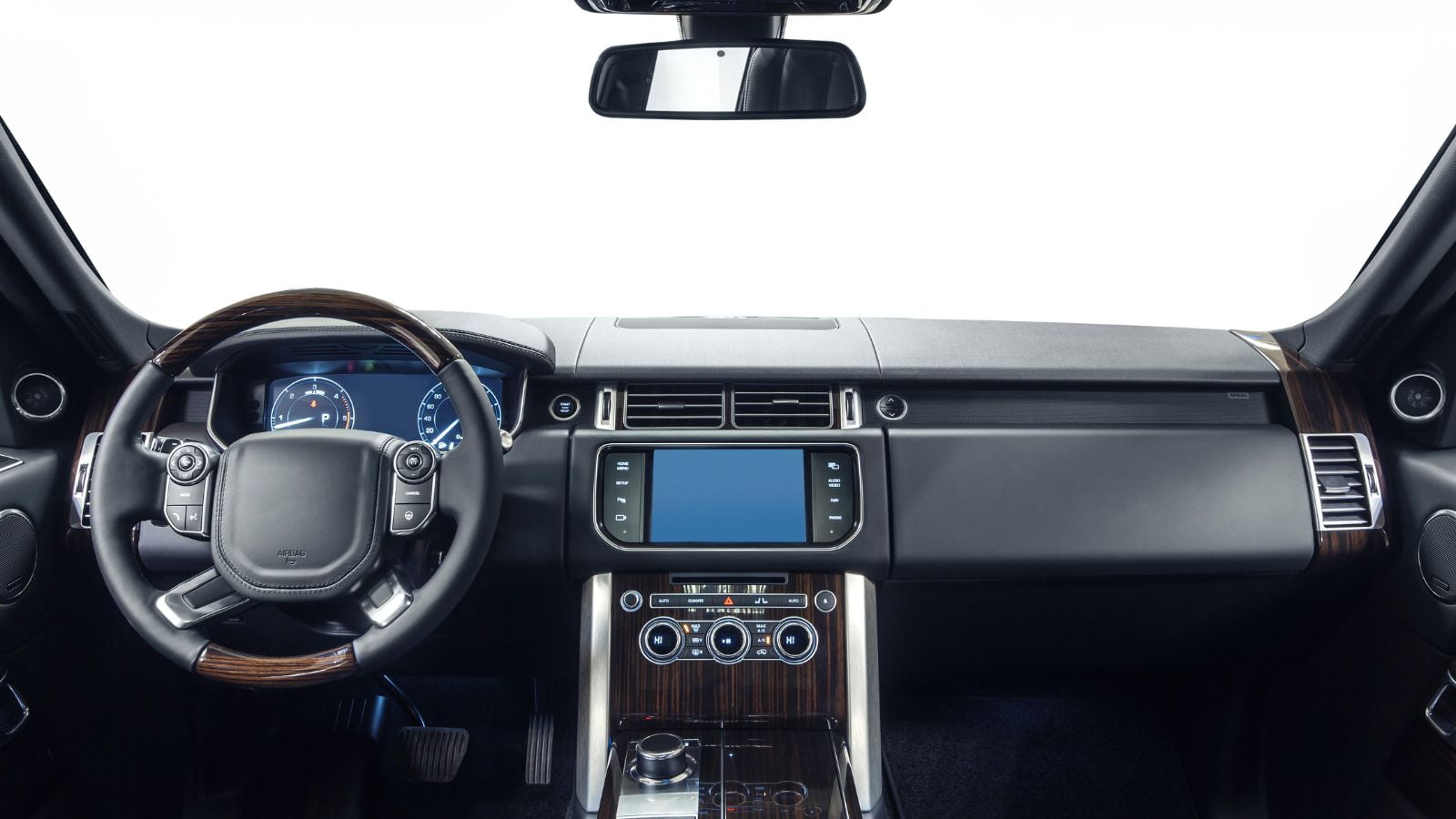
Radio Frequency Identification (RFID) tags enhance security in vehicles. These tags can be embedded in various car parts and are difficult to remove or tamper with. RFID technology allows for easy tracking and identification of stolen vehicles, as specialized scanners can read the tags. Some high-end car manufacturers are incorporating RFID tags as an additional security measure. Tracking and identifying vehicles using RFID technology adds another layer of security and aids in the recovery process.
Behavioral Biometrics
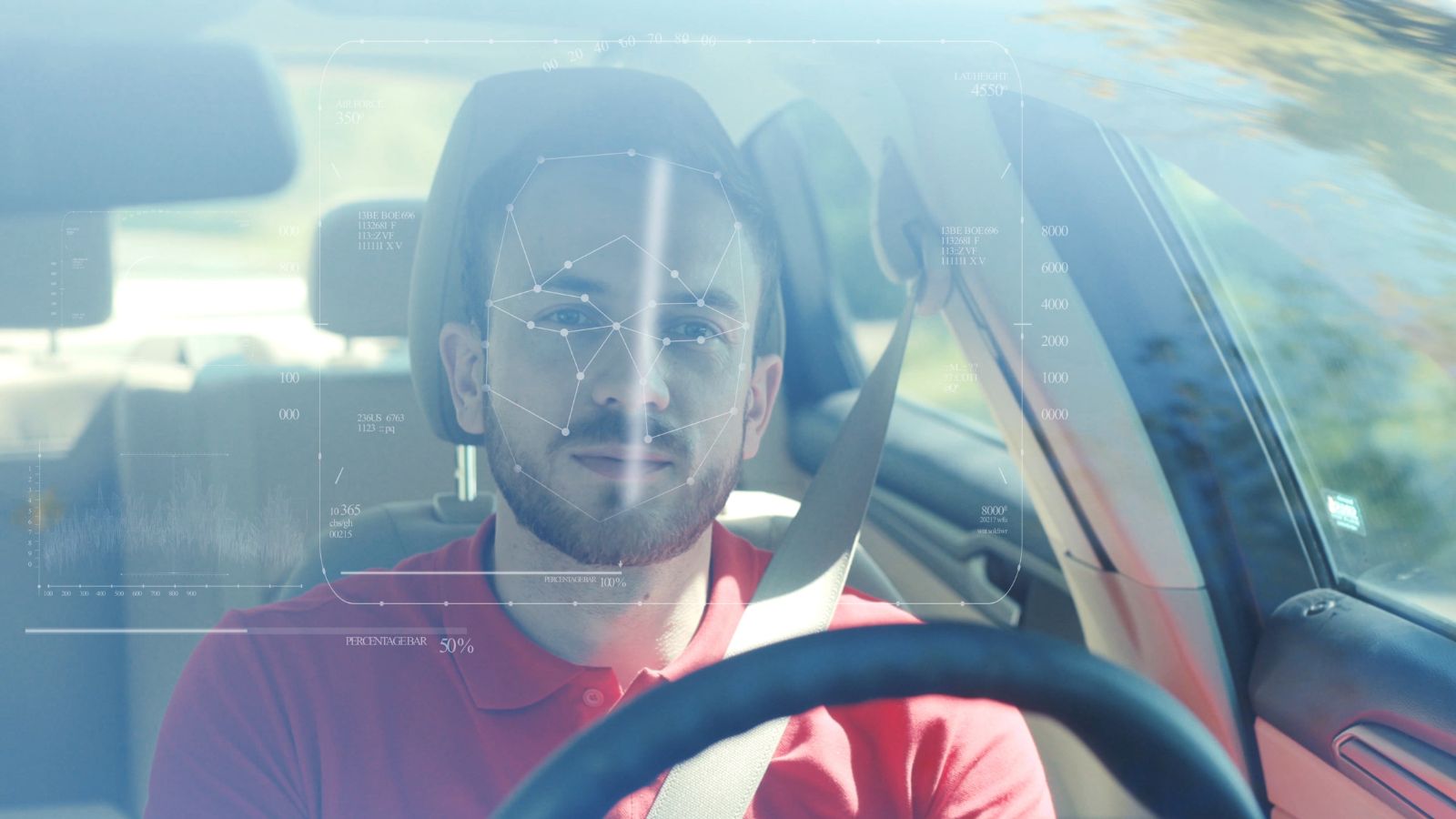
Behavioral biometrics analyze the unique patterns of how a person interacts with their vehicle. This includes factors like how they handle the steering wheel, accelerate, or brake. The system can detect anomalies that indicate unauthorized use by creating a behavioral profile. If the system detects a significant deviation from the established pattern, it can trigger alerts or immobilize the vehicle. This innovative approach to security leverages the uniqueness of individual driving behaviors to prevent theft.
Onboard Diagnostics (OBD) Lock
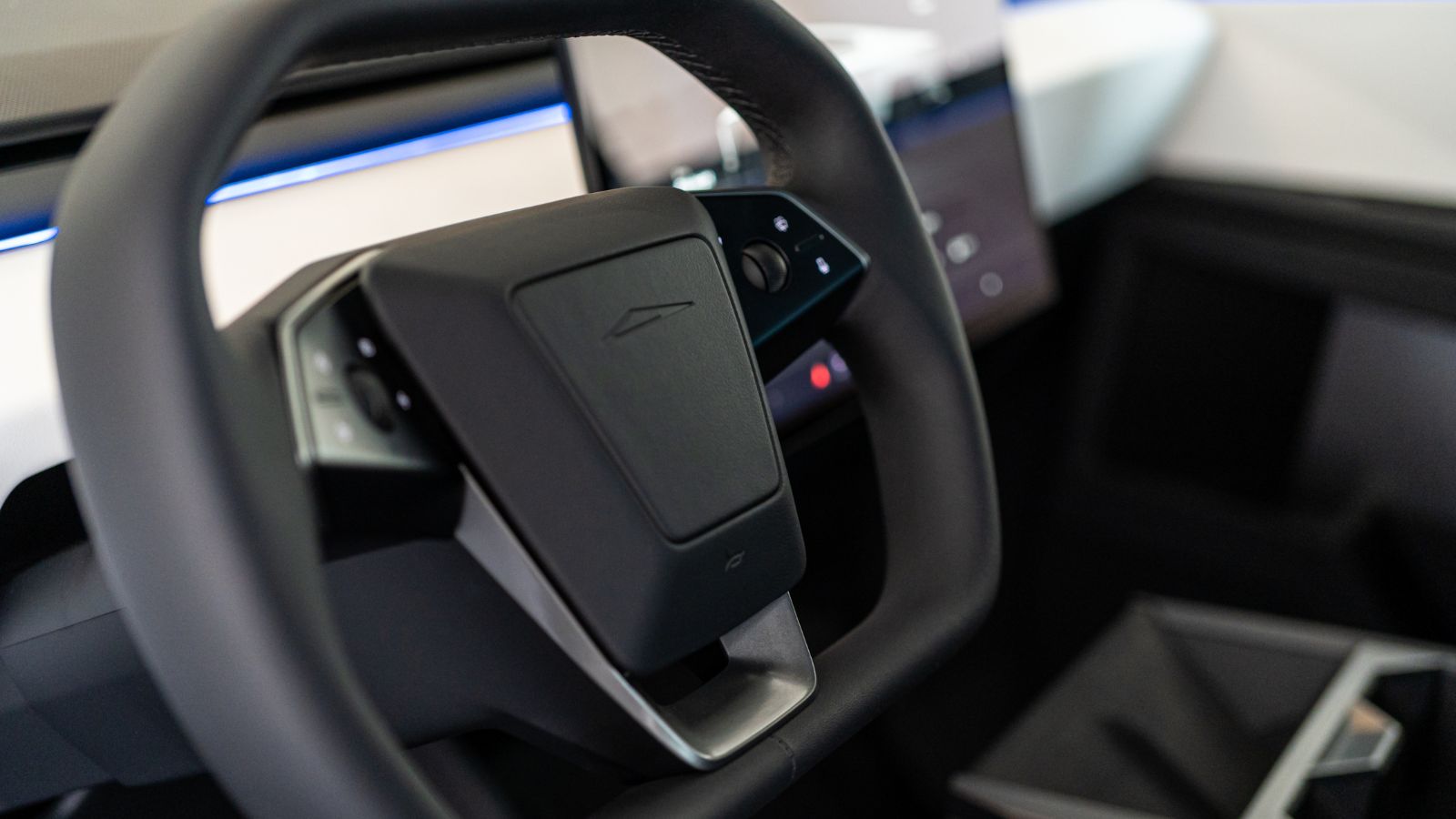
The Onboard Diagnostics (OBD) port is a gateway to a vehicle’s electronic systems, and thieves often exploit it to bypass security measures. An OBD lock physically blocks access to the port, preventing unauthorized devices from being connected. This simple yet effective device can thwart attempts to reprogram the vehicle’s electronic systems or clone keys. The OBD lock is a valuable tool in protecting modern cars from high-tech theft methods.
Cloud-Based Security Services

Cloud-based security services offer real-time monitoring and alerts, enhancing vehicle security. These services can track the vehicle’s location, monitor for unauthorized access, and send notifications to the owner’s smartphone. Companies like Verizon and T-Mobile offer such services, providing a comprehensive security solution beyond traditional alarms and tracking systems. Integrating cloud technology in car security ensures continuous monitoring and quick response to potential threats.
Anti-Relay Attack Systems
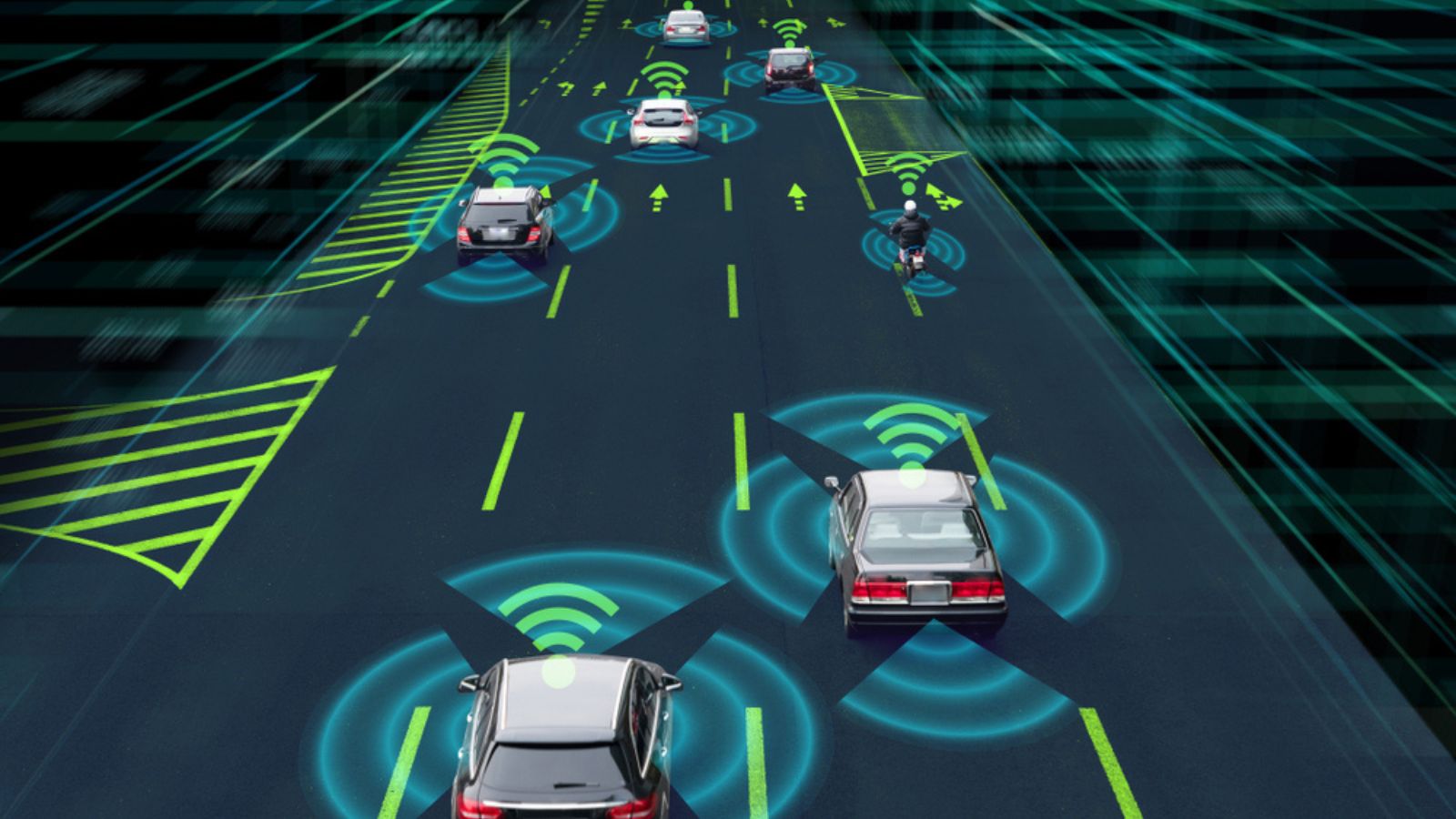
Relay attacks have become standard for thieves to steal cars with keyless entry systems. In a relay attack, the signal from the key fob is captured and relayed to unlock the car. Anti-relay attack systems use various techniques, such as signal shielding or requiring physical confirmation, to prevent this type of theft. Manufacturers like BMW and Mercedes-Benz have introduced anti-relay technology in their vehicles, ensuring that the signal from the key fob cannot be easily intercepted and misused.
14 Cars with a Reputation for Running Forever and Why They Outperform the Rest

In the dynamic world of automobiles, some cars stand out for their remarkable longevity and enduring performance. These road warriors have earned a reputation for running seemingly forever, outpacing their counterparts. This article will explore 14 such vehicles and the reasons behind their legendary durability.
14 Cars With A Reputation For Running Forever And Why They Outperform The Rest
